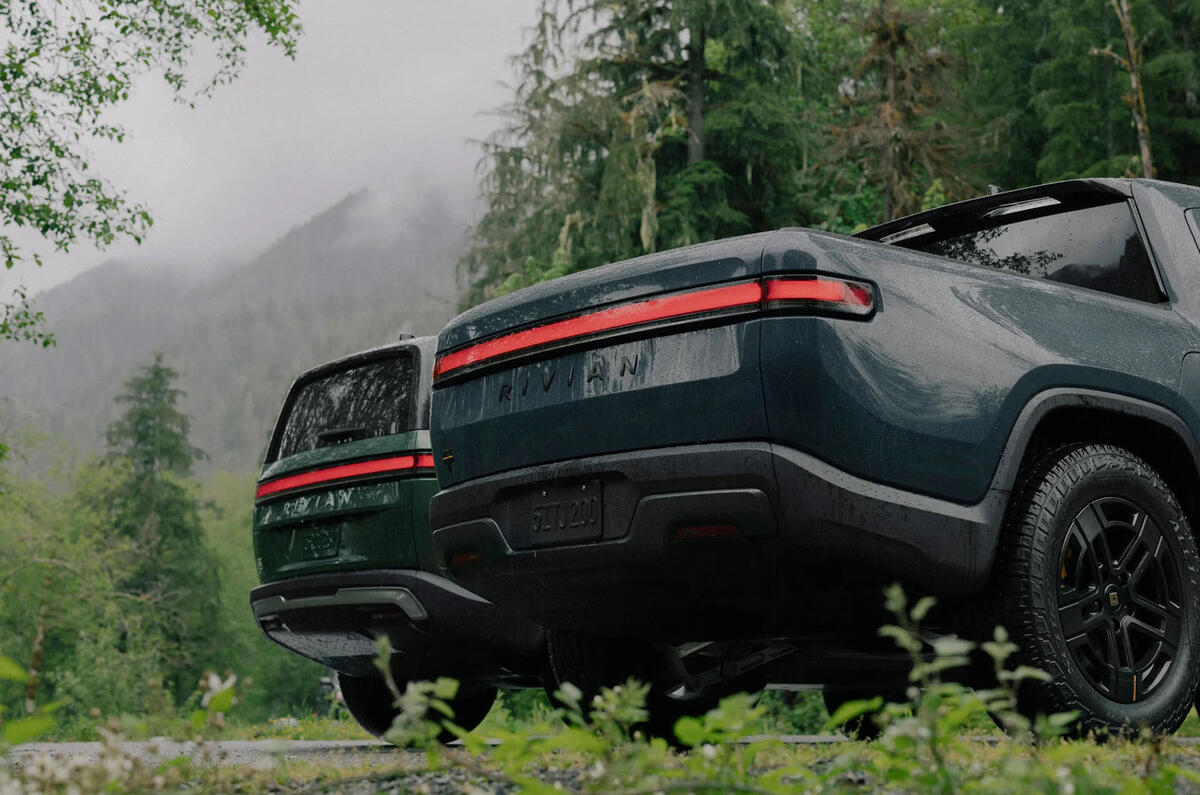The Volkswagen Group sold more cars in Poland in just five months this year than Rivian sold globally throughout the whole of 2023.
The American EV start-up lost the equivalent of £1.16 billion in the first quarter, while the German giant made a profit of £3.9bn.
Rivian’s stumbles to create a credible car company have already knocked out one prominent investor in Ford, but that hasn’t stopped Volkswagen agreeing to invest $5 billion.
Ford thought that Rivian’s EV skateboard platform would be the key feature that could help electrify its Lincoln premium brand, but that proved a false dawn amid the hype around start-ups in the early days of the pandemic.
Volkswagen reckons that the real pearl in the grit of Rivian’s uneconomical set-up is the company’s grasp on software and modern electrical architectures.
Of its $5bn planned investment, $2bn will go into creating a joint-venture company to create next-generation software-defined vehicle (SDV) architectures.
That gives Volkswagen access to the newest ‘Gen2’ version of the electronic architecture that Rivian will fit into its upcoming cheaper R2 and R3 EVs, as well as “across a wide range of vehicles within the Volkswagen Group,” Rivian CEO RJ Scaringe told investors last week.
The investment, which hands VW around 20% ownership of Rivian, was broadly welcomed by the investment community.
“It demonstrates our view that Rivian’s E/E [electric/electronic] architecture and SDV assets have significant value,” analyst Philippe Houchois from the bank Jefferies wrote in a note to investors.
So what exactly does Rivian have that Volkswagen doesn’t? Volkswagen’s struggles to upgrade its E/E architectures for the modern software age are well documented. This investment is another reminder that that its much vaunted software arm Cariad hasn’t managed to achieve what it set out to when it was established five years ago.
The delays in rolling out new software has pushed back launches key new vehicles – including the Porsche Macan Electric and the first ever Bentley EV. It also cost the job of the divisional CEO and contributed to the exit of Group CEO Herbert Diess.
Rivian had the advantage of starting from scratch. ”From the very beginning of Rivian, we said we need to own the electronics in the vehicle,” an understandably jubilant Scaringe told investors last week after the Rivian-Volkswagen tie-up was announced.





Add your comment